Opinion: New York, don’t get rid of the MetroCard
The city plans to phase out the classic MetroCard in 2023 and fully replace it with OMNY. But it shouldn’t.
A Metrocard vending machine located at the Third Avenue station of the New York City Subway. (Natalia Kempthorne-Curiel for WSN)
December 6, 2022
As we begin to close the book on 2022, there’s only one thing that has been top of mind for me: 2023 will be our last year with the MetroCard, and quite frankly, I’m devastated.
The MTA has announced that it plans to phase out the MetroCard in favor of One Metro New York, a contactless fare payment system. Although this news was announced in early 2020, it wasn’t until I saw two MTA employees performing maintenance on a MetroCard machine that it hit me: the blocky, silver contraption at my local station would soon no longer be there to comfort me. Sure, the screens are dim and the touchscreens are shoddy, but they represent the beloved MetroCard — a part of the New York City experience that is so crucial its disappearance will erase a part of the city’s identity forever. The MetroCard does not need to go.
Having grown up in the city, I’ve only ever known the reliable yellow-and-blue plastic card. I’m not the only one. This card has been a New Yorker’s ticket to any of the five boroughs since its introduction in 1993. So why get rid of it?
For the same reason the MTA phased out the New York City subway token in 2003; the city determined it was time to move on. Logistically, transitioning from the token to the MetroCard made sense. Not only did the MTA save time and money by no longer having to shuttle tokens between stations, but passengers no longer had to carry around the hefty coins. This new OMNY system, however, doesn’t provide the same drastic improvement in rider experience that the implementation of the MetroCard did.
While this new contactless payment system is fine and it’ll get the job done, it has some issues. The main problem with OMNY is the price of installment. In June 2021, the estimated cost of the entire project to revamp MTA’s fare system was $591 million. As of January 2022, that number has ballooned to a whopping $772 million — a nearly 30% increase. With the MTA already anticipating a $2.5 billion budget deficit in 2025, implementing OMNY shouldn’t take precedence over necessary improvements to subway stations. New Yorkers are more worried about how quickly and safely they can get to their destination than they are about the removal of MetroCards.
Another issue — hardly quantifiable, but close to my heart — is that OMNY lacks character. The tokens were iconic and the MetroCard is classic, but this new electronic tap-to-go system is indistinctive, dull, and worst of all, uninspiring. San Francisco’s Clipper card and Chicago’s Ventra card remind us that great cities inherently have great transit cards. The tasteless and simple black-and-white design that OMNY and countless other companies cling to is not by any means a legitimate cultural replacement.
Eliminating the MetroCard makes me feel like New York City is moving at a faster rate than it can handle. A rate that excludes those who don’t have the privilege to keep up with it, which includes those without smartphones or credit cards with the tap feature. It’s true that tap-to-pay reduces spread of germs by minimizing contact. But the switch to the cashless OMNY shuts out those without smartphones, bank accounts, or debit and credit cards. The world is moving toward a cashless society, and New York City is following suit.
What the city really needs to do is follow Bert Lance’s motto: “If it ain’t broke, don’t fix it.” MetroCards don’t just work; they work well. They’re more inclusive than OMNY. Best of all, there isn’t any looming cost with them beyond standard machine maintenance. I can only assume that new technology will require more maintenance than the MetroCard machine needs.
I’m all for the modernization of New York City, but we need to be addressing actual problems. The MetroCard system has worked well for the daily commuter for the past three decades and can continue to do so if given the opportunity. I admit it’s nice that OMNY has a weekly fare cap, which makes your 13th ride free if you charge 12 rides to the same device or card in a seven-day period. This period, however, renews Sunday at midnight and doesn’t help those whose work day doesn’t start on Monday. The alternative, of course, is simply getting a 7-day unlimited MetroCard for the same $33, starting the countdown whenever you activate it.
As someone who uses the subway system close to 20 times a week, I’d argue that the MetroCard infrastructure is hardly showing its age, but the actual transit system is. It feels as if this flashy new OMNY system is just putting lipstick on a pig. No matter what you do, it’s still a pig. Sure, the New York City subway system looks nice and neat with its new tech at every turnstile, but is the implementation of OMNY really changing your ride experience that much? I don’t think so.
WSN’s Opinion section strives to publish ideas worth discussing. The views presented in the Opinion section are solely the views of the writer.
Contact James Bisceglia at [email protected].

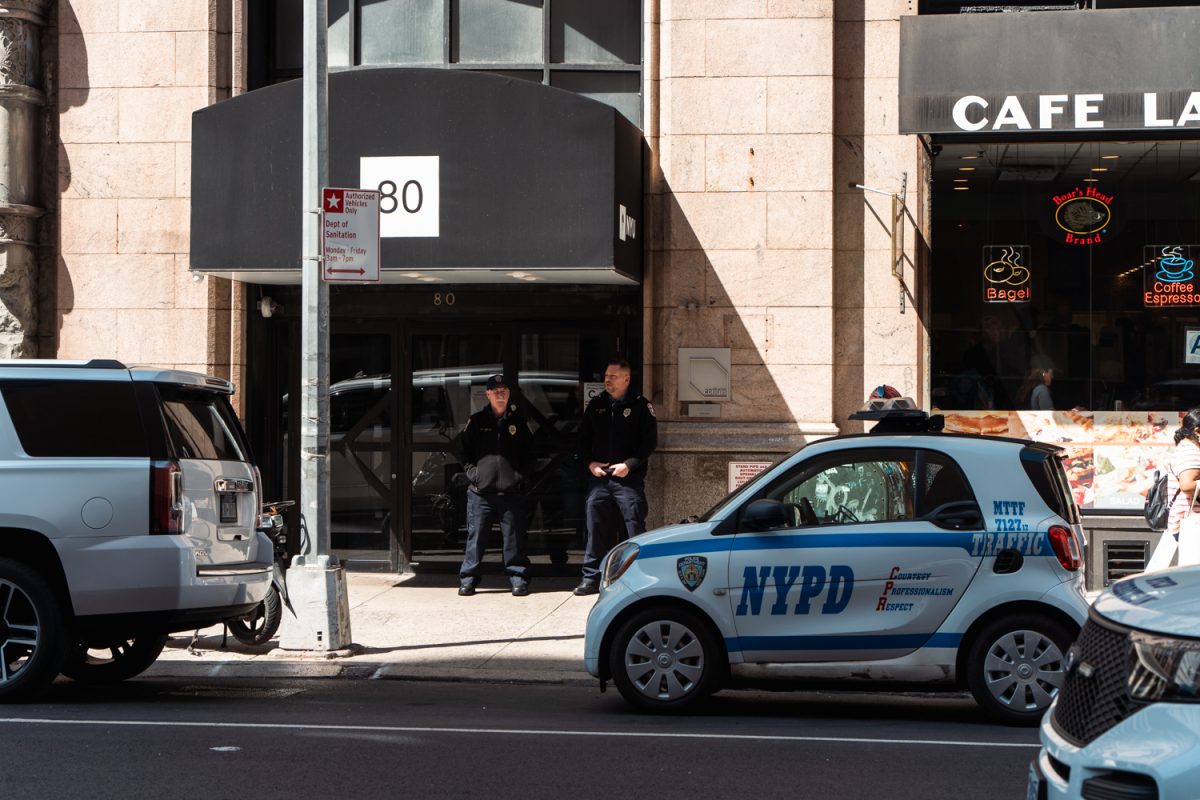


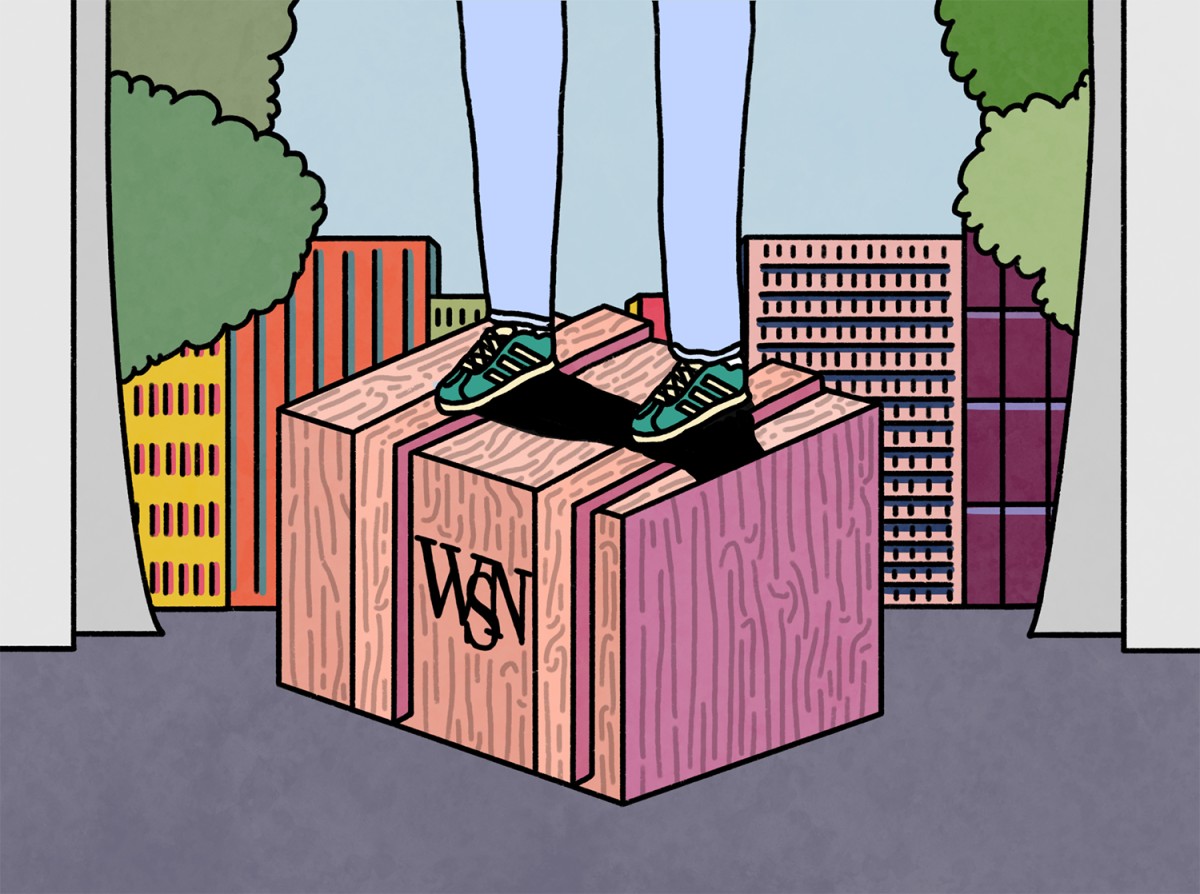
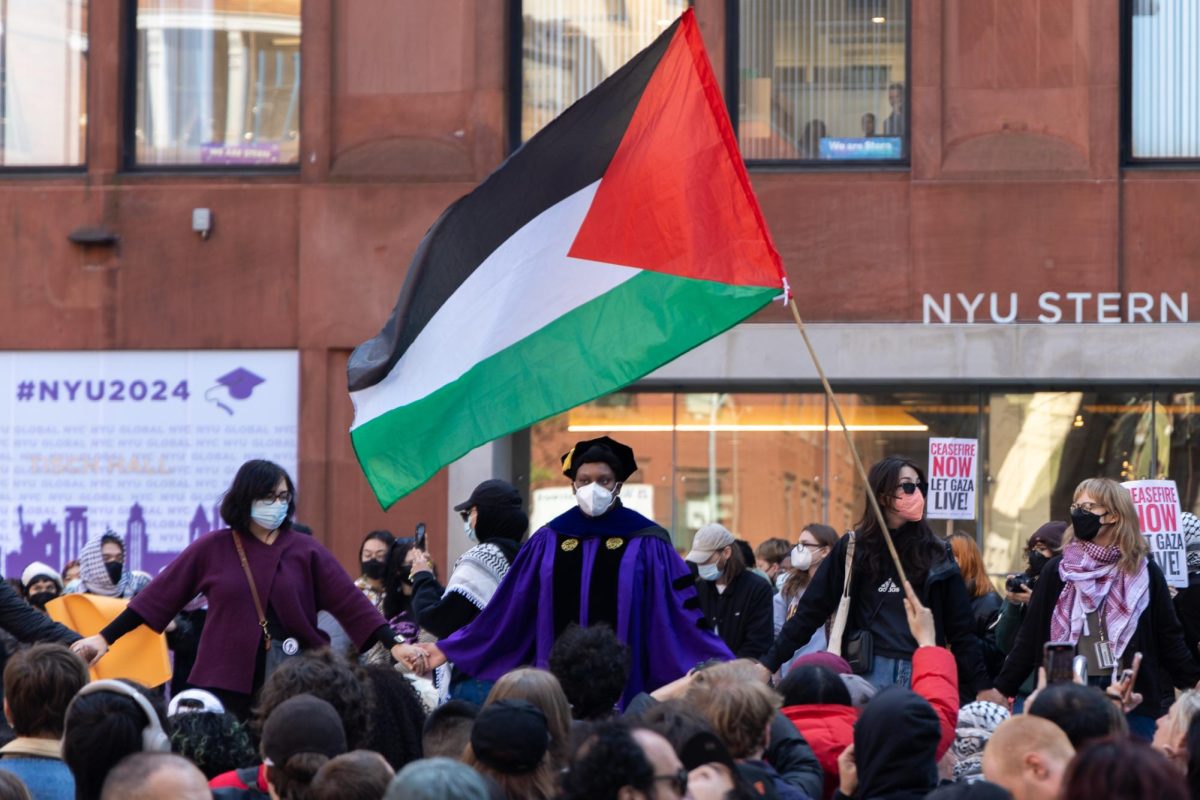
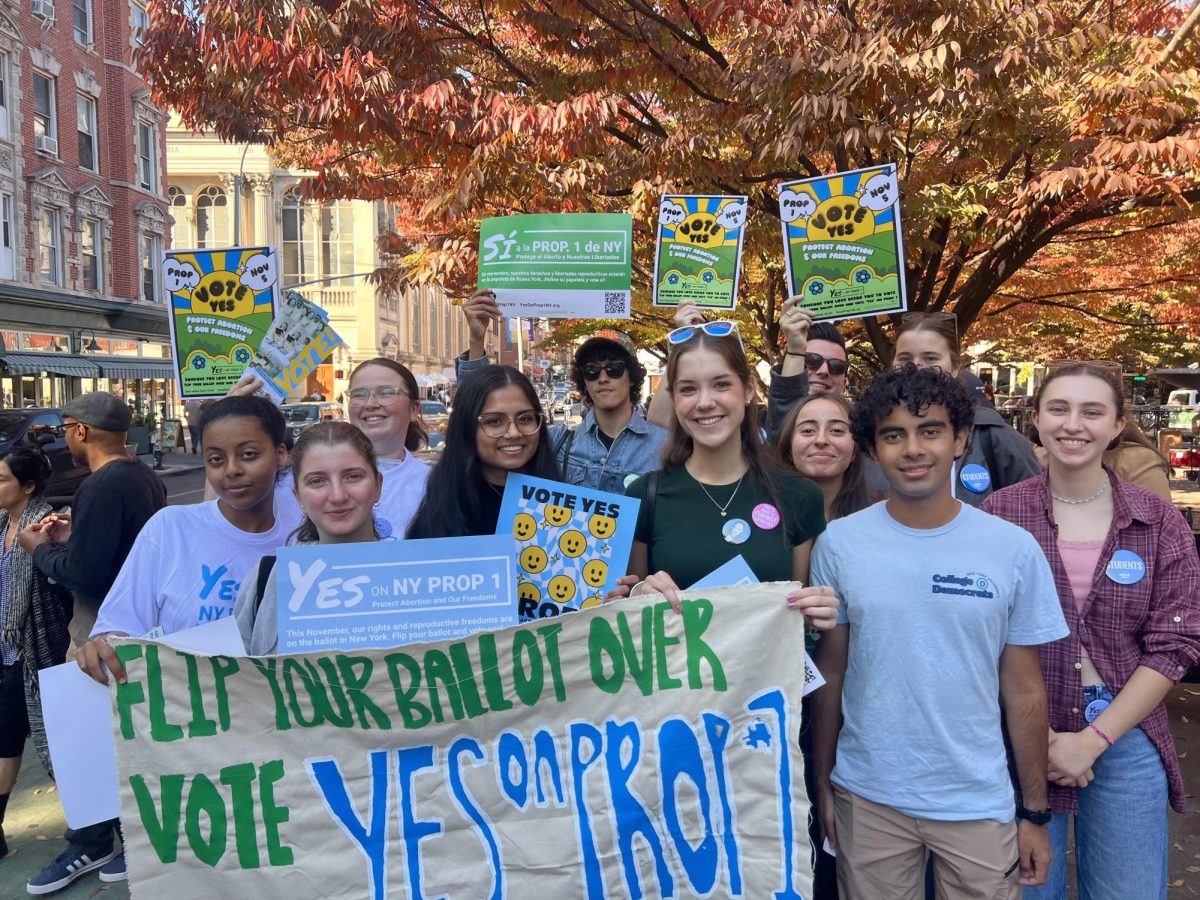
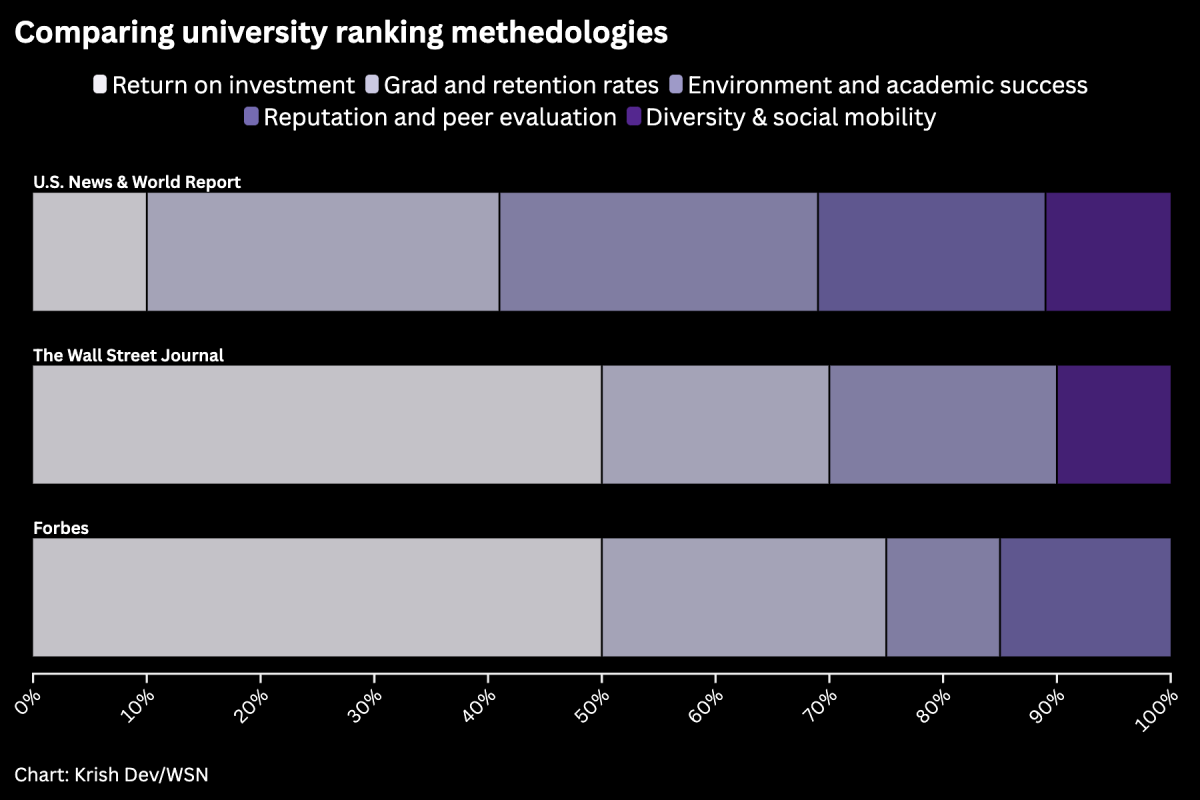
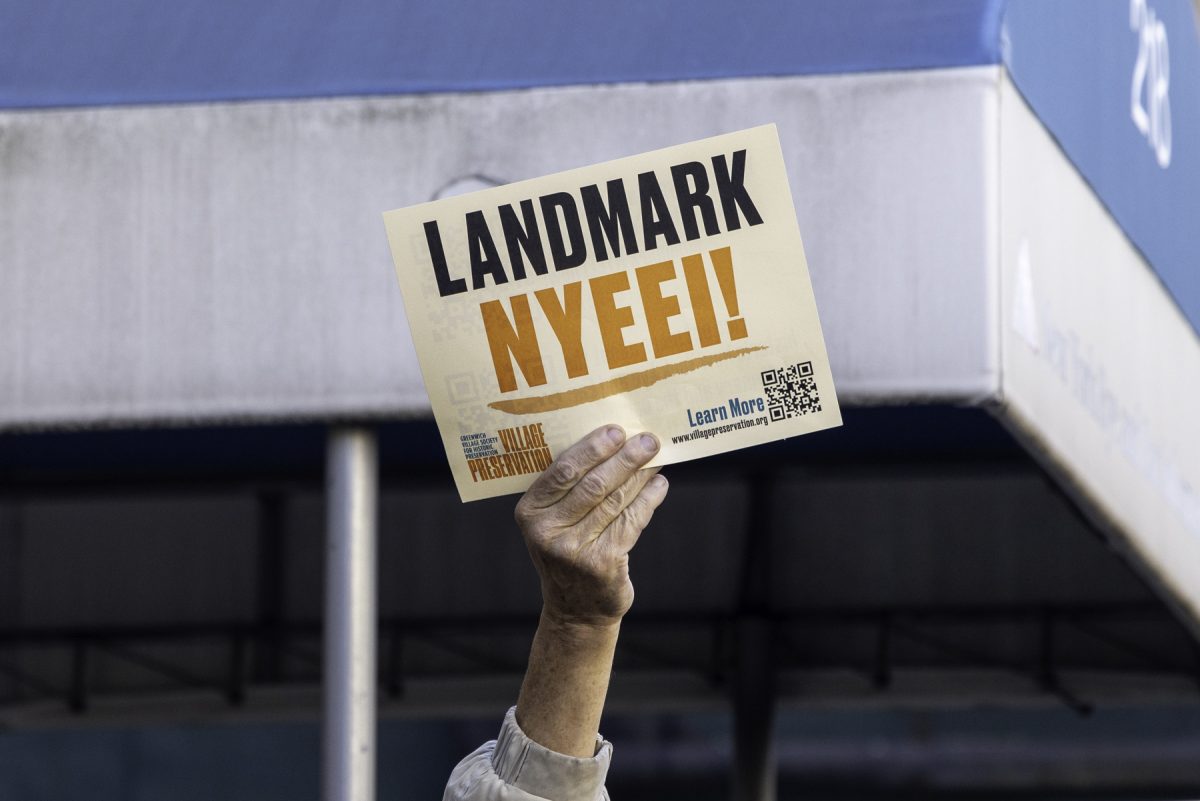


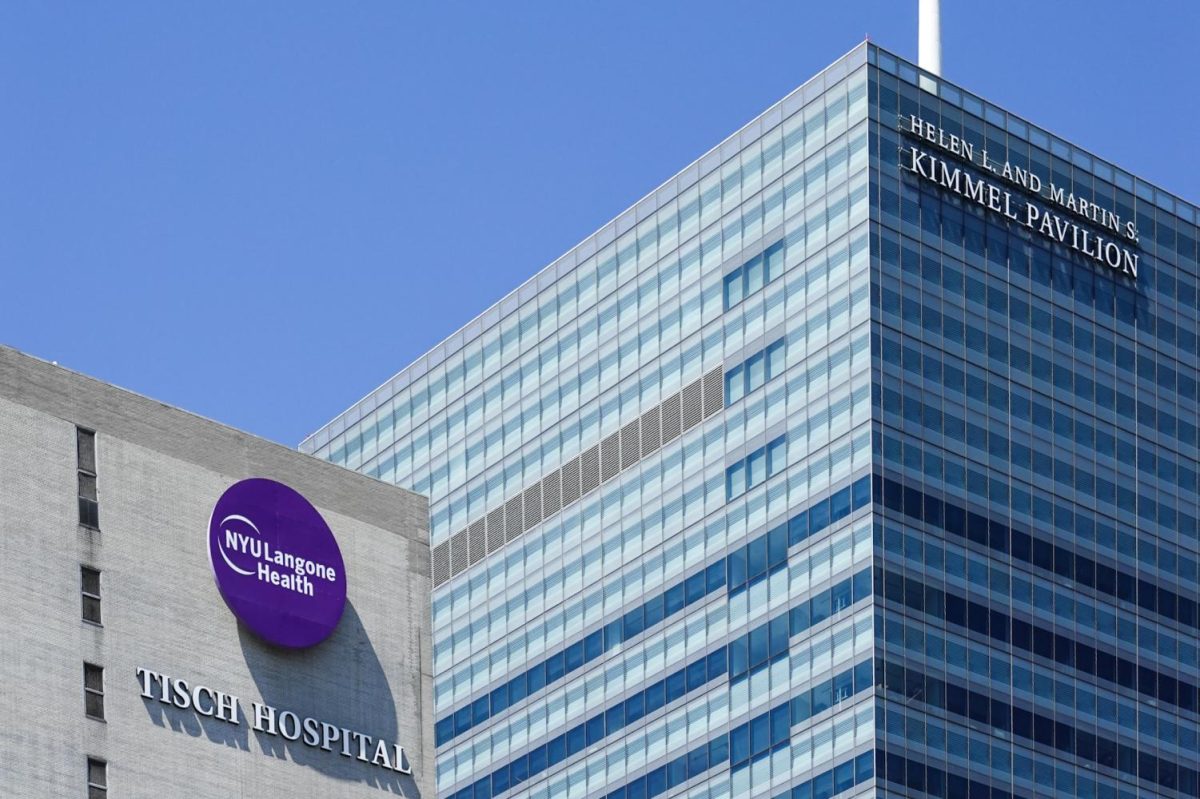

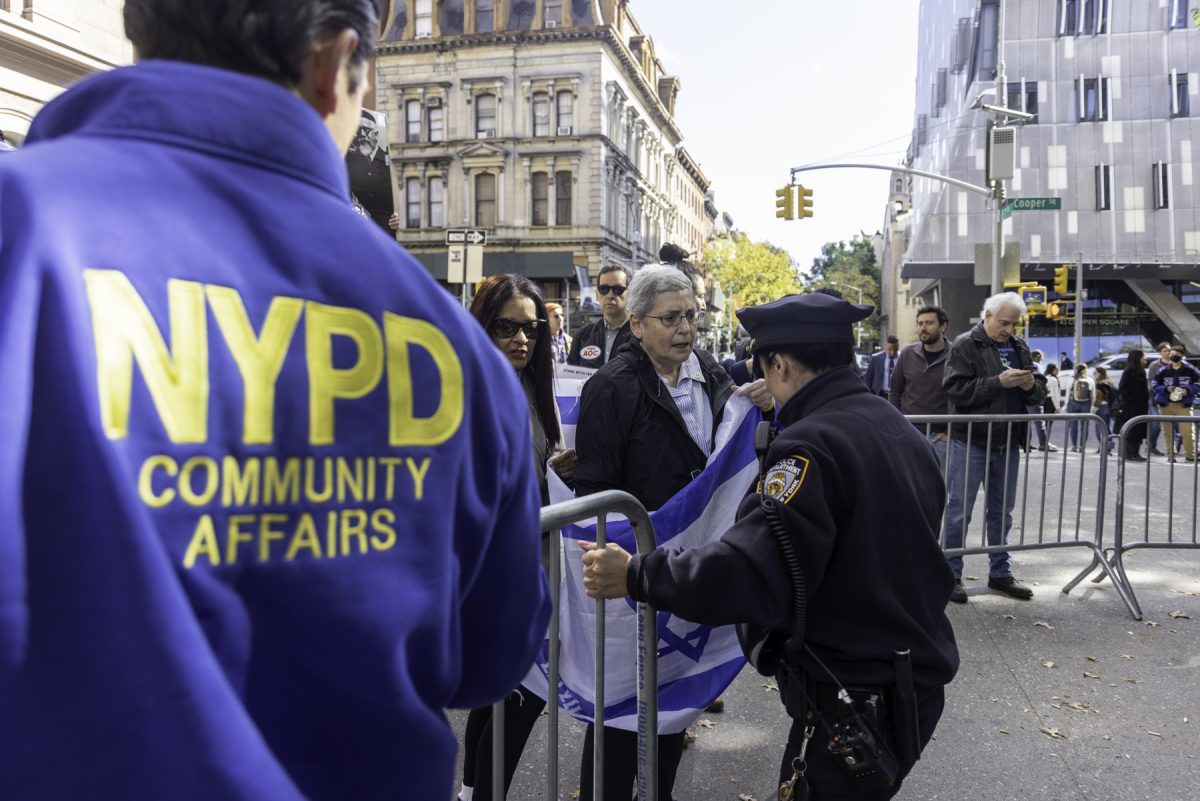

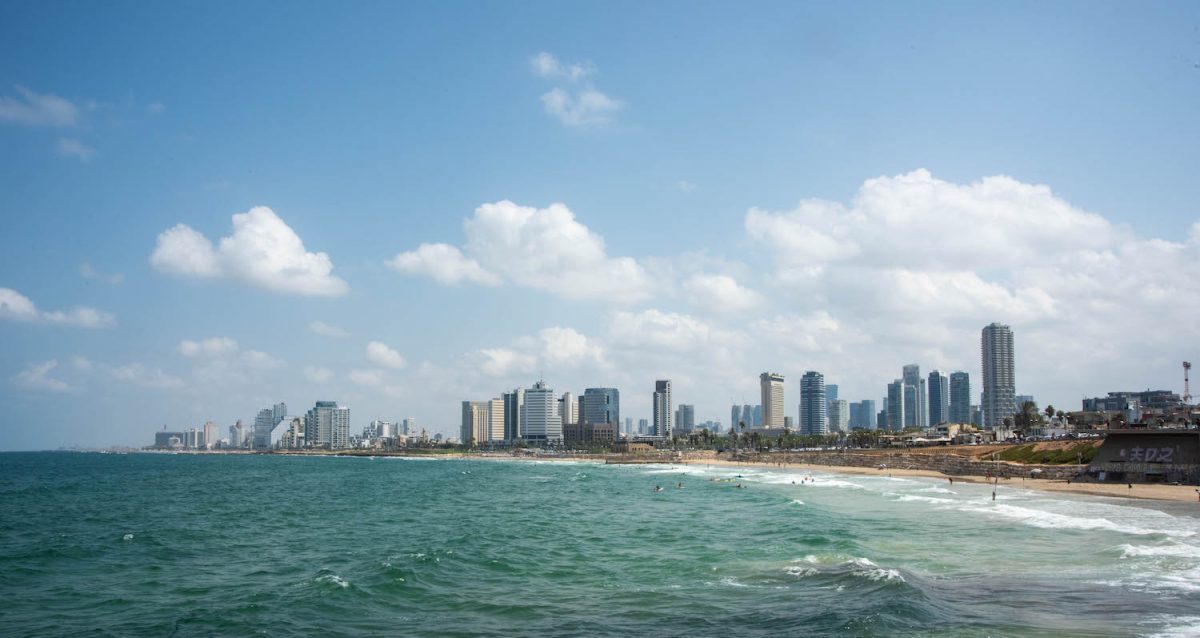






















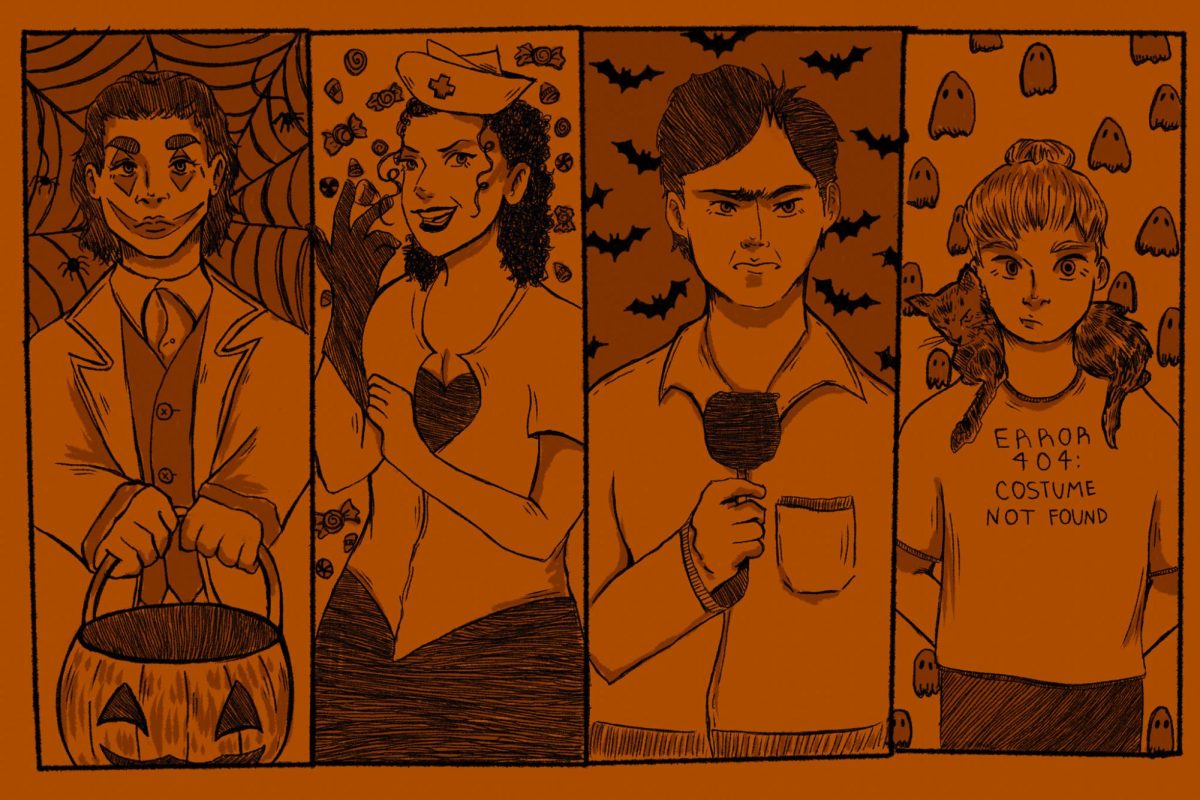
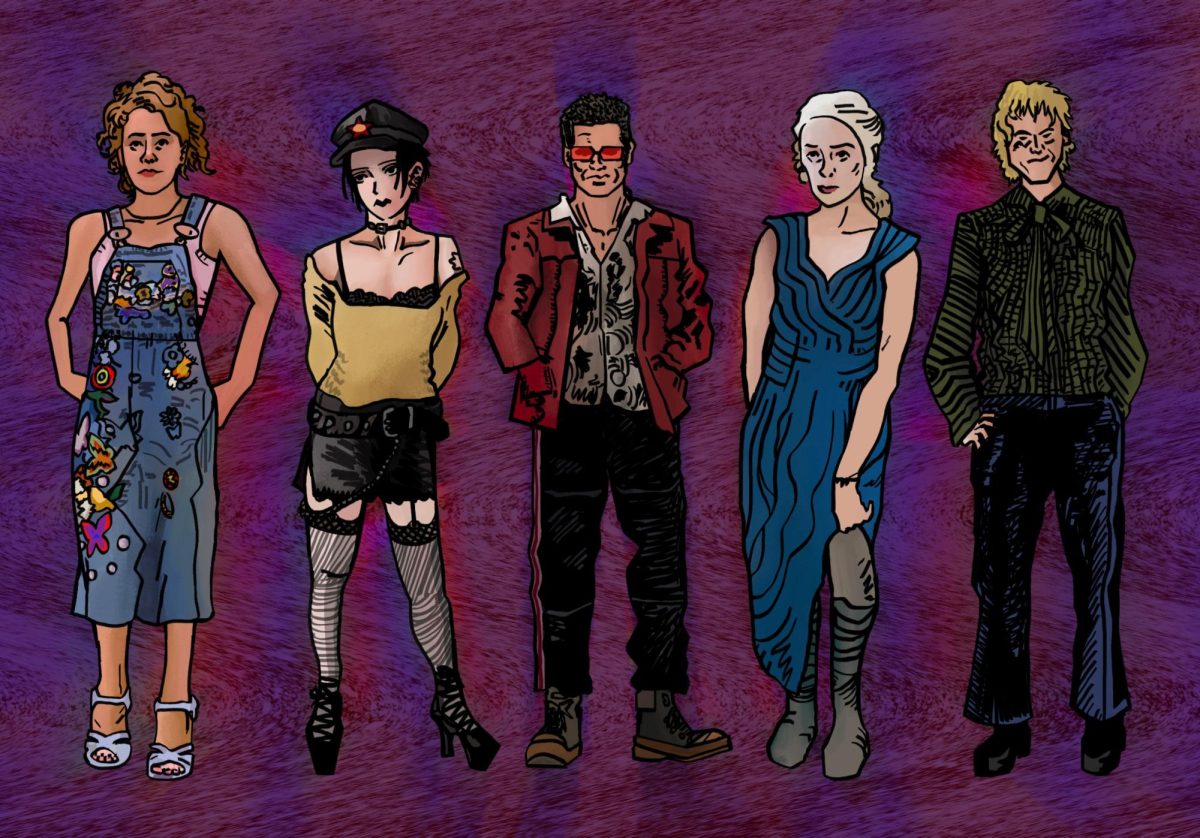



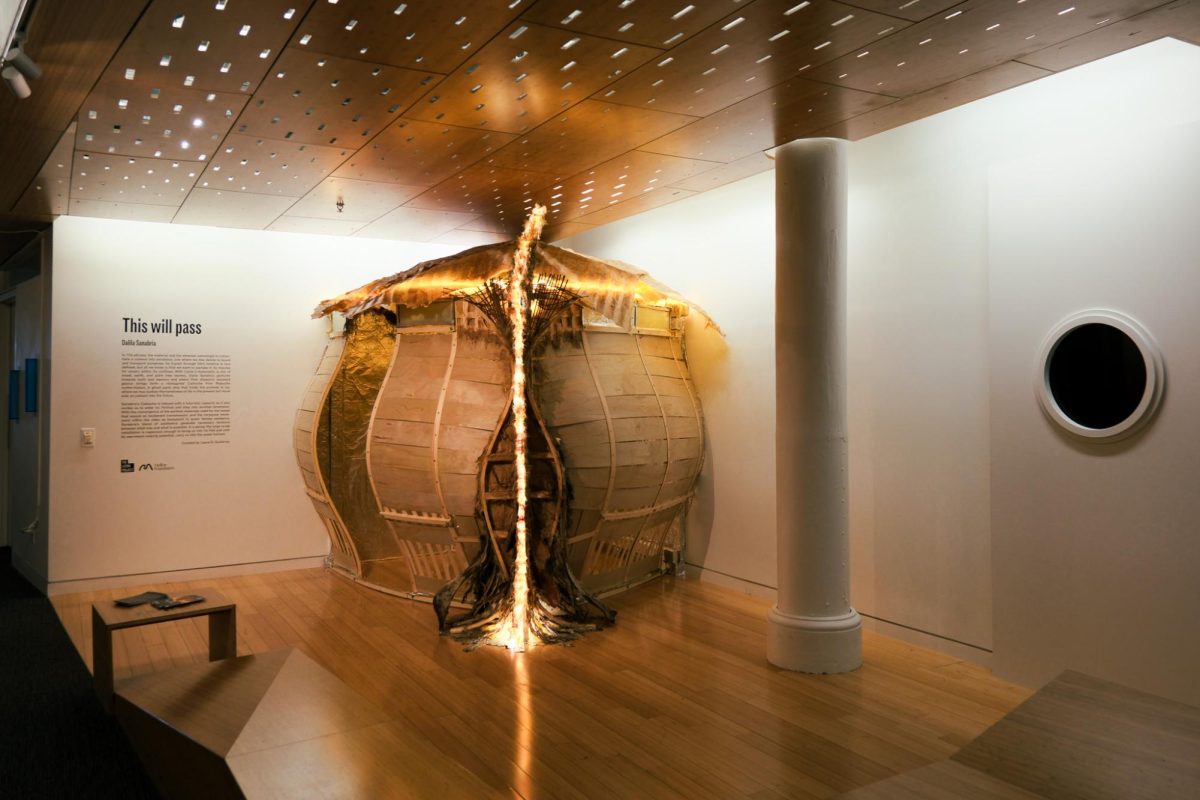
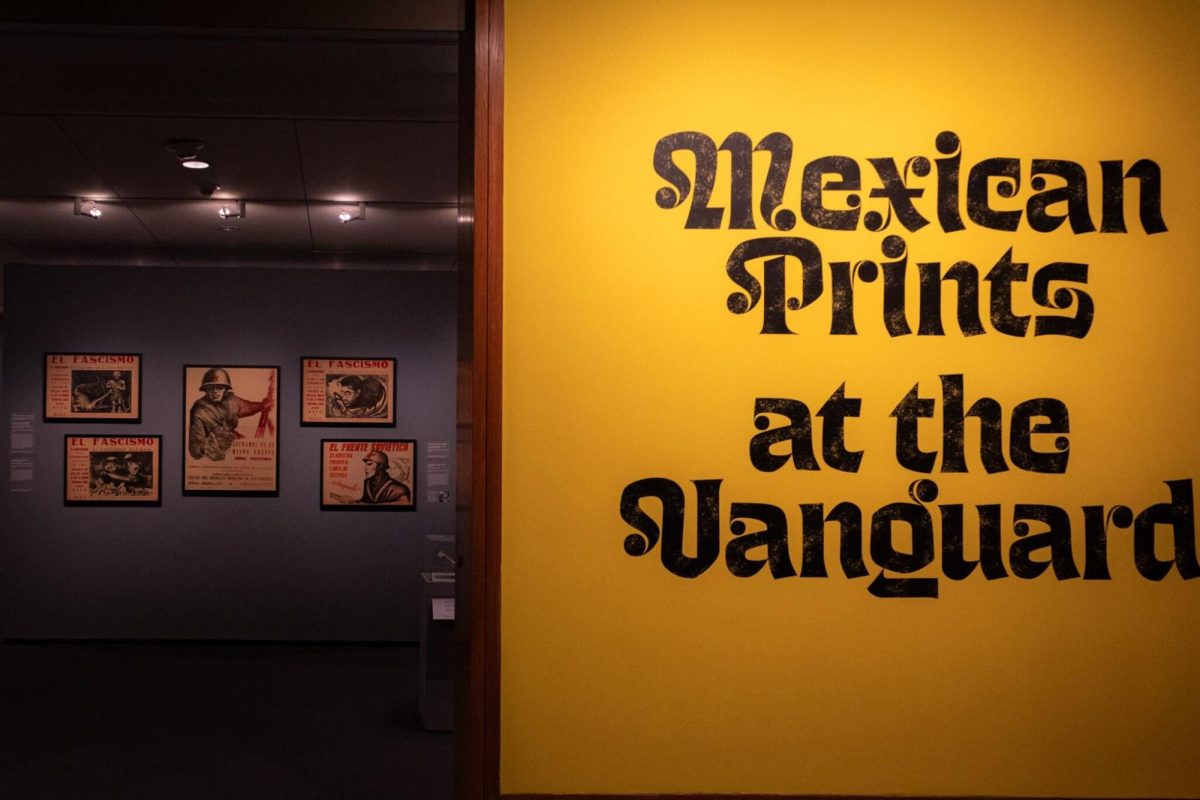












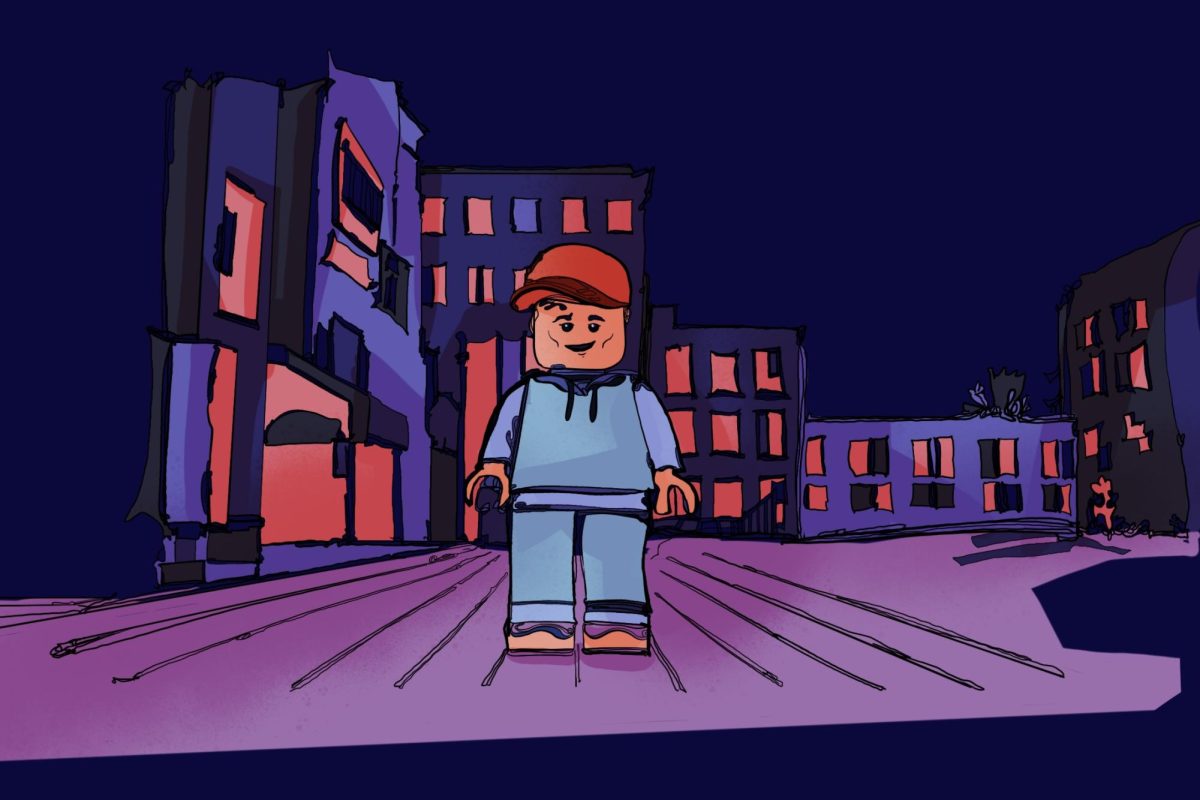
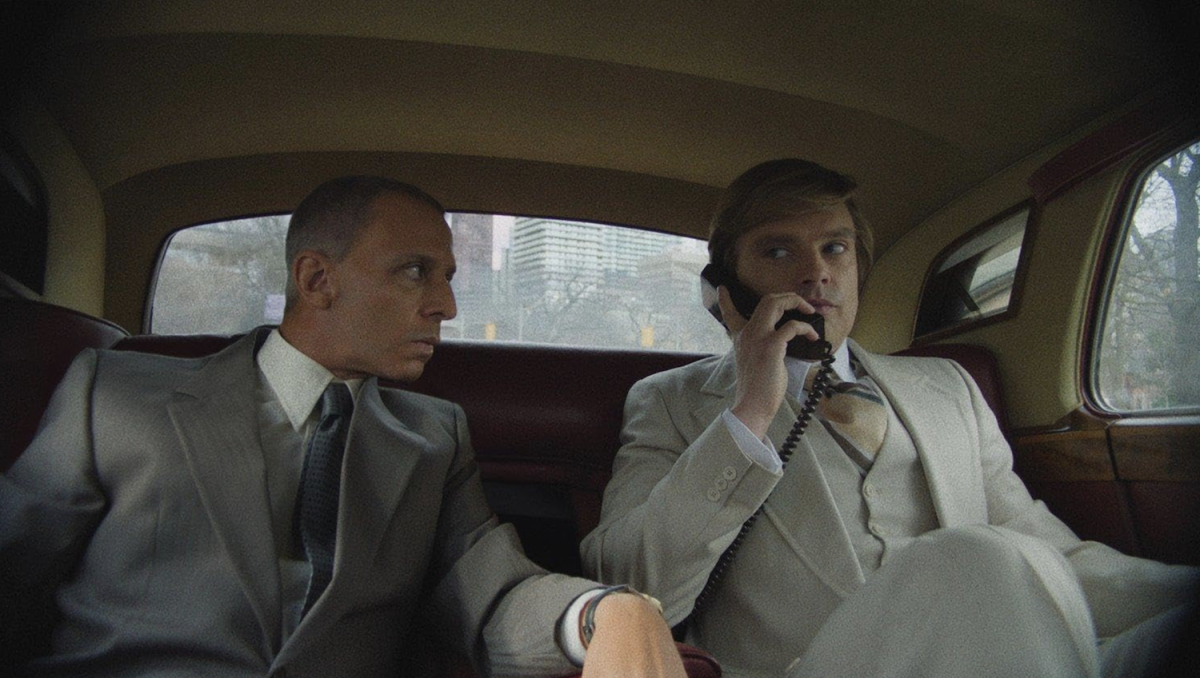


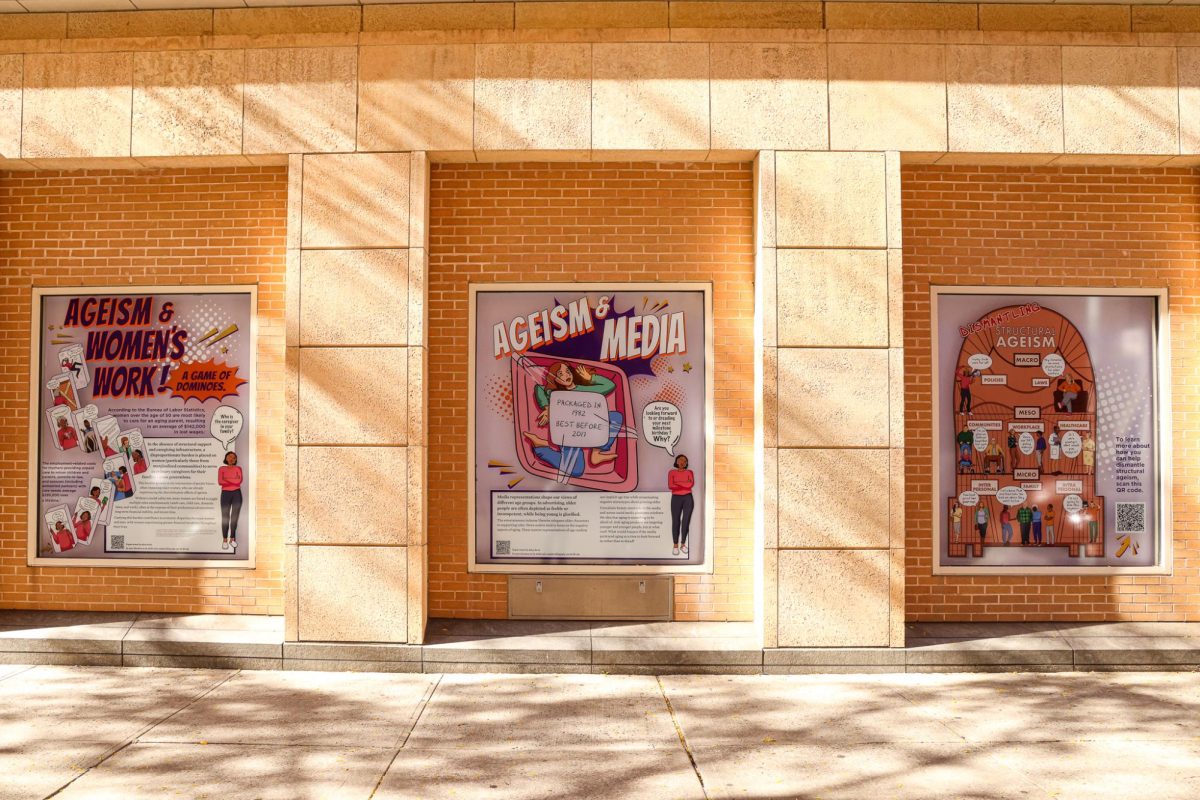







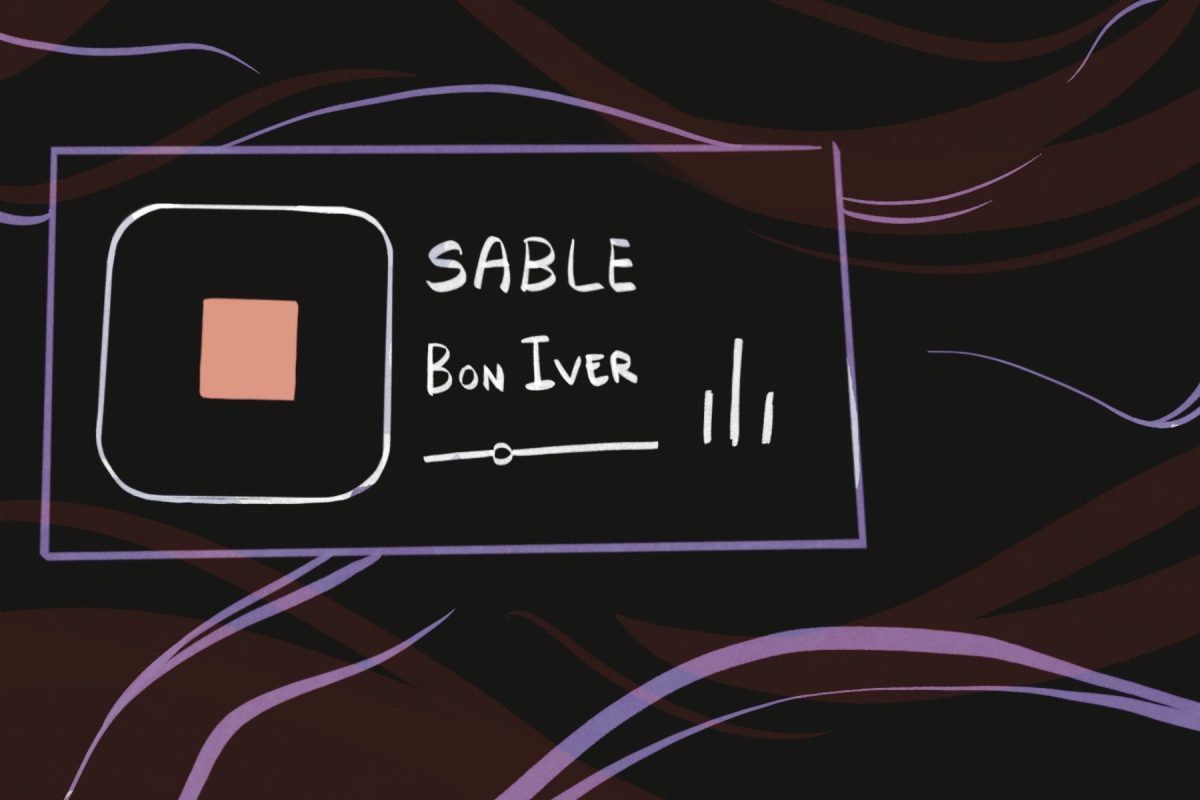

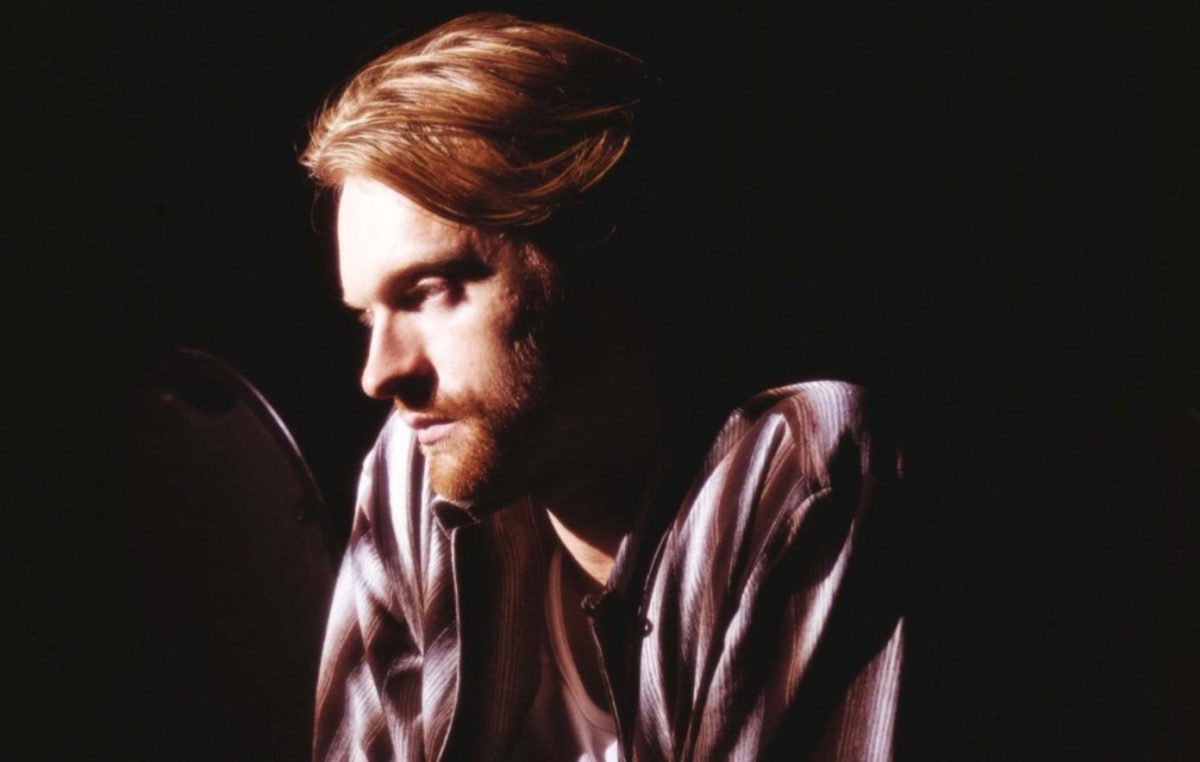




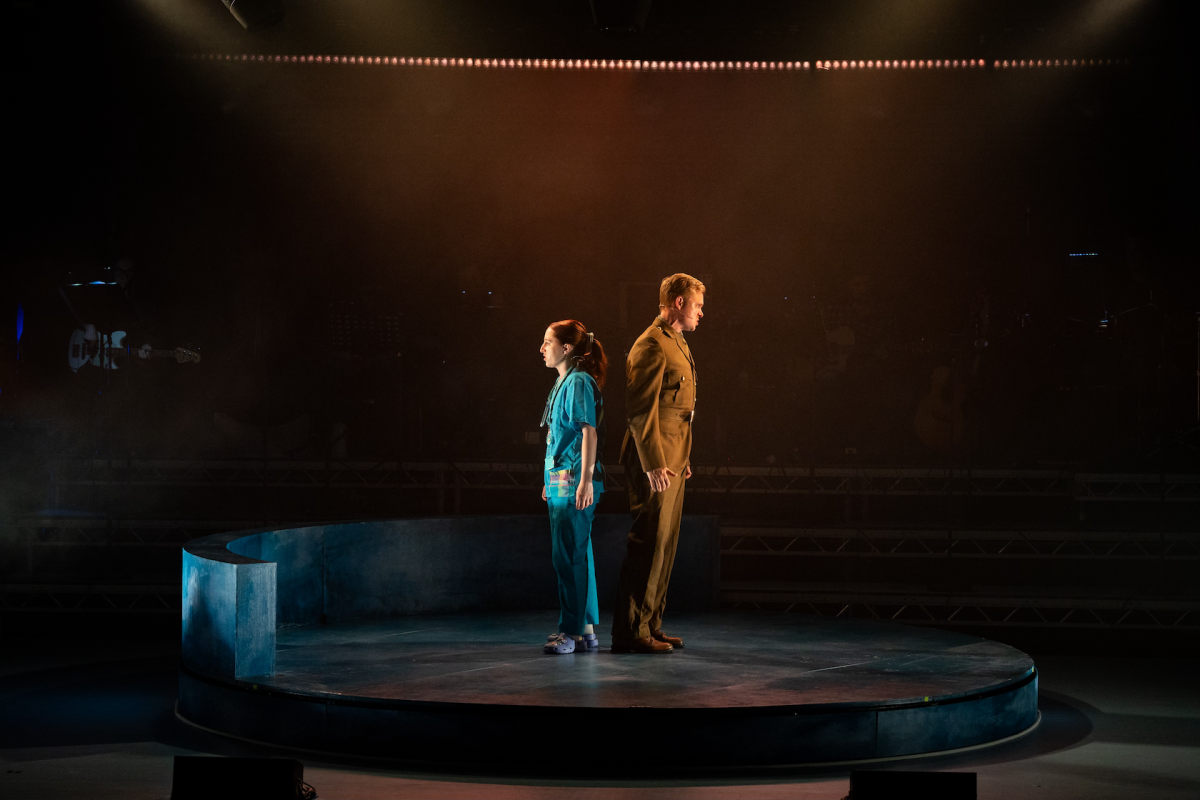
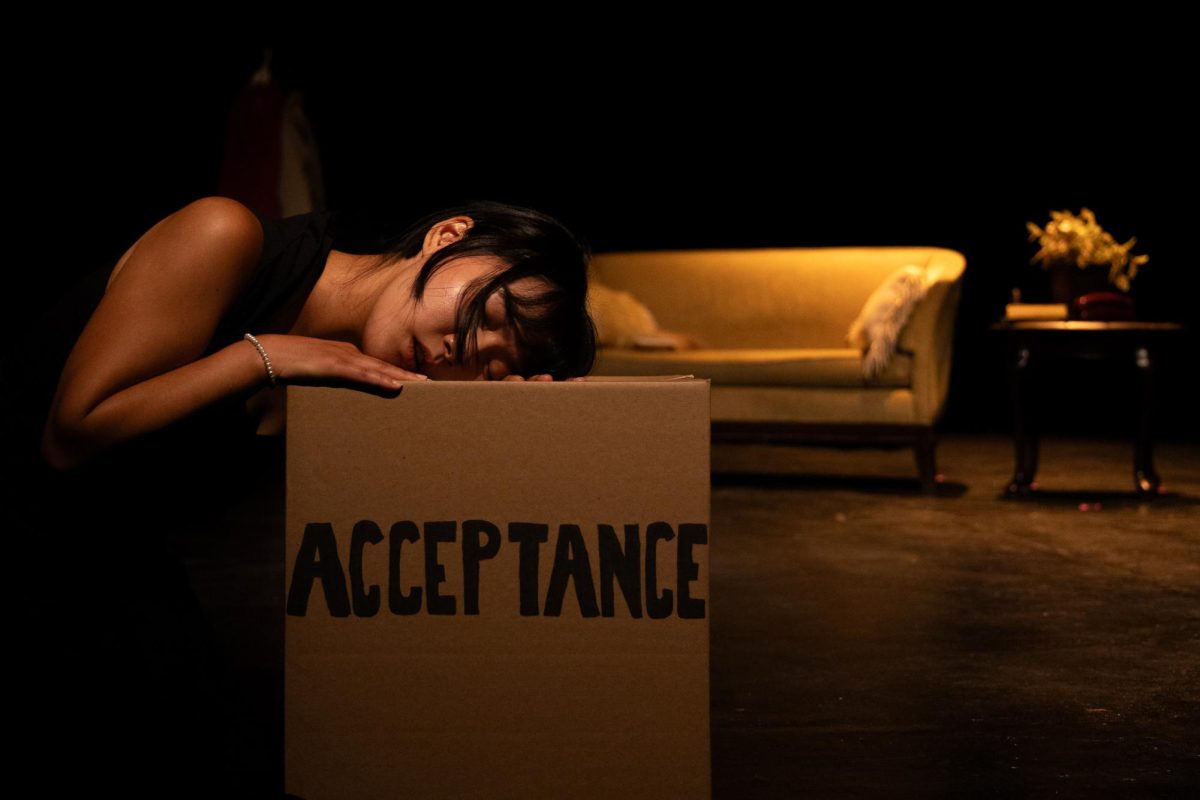



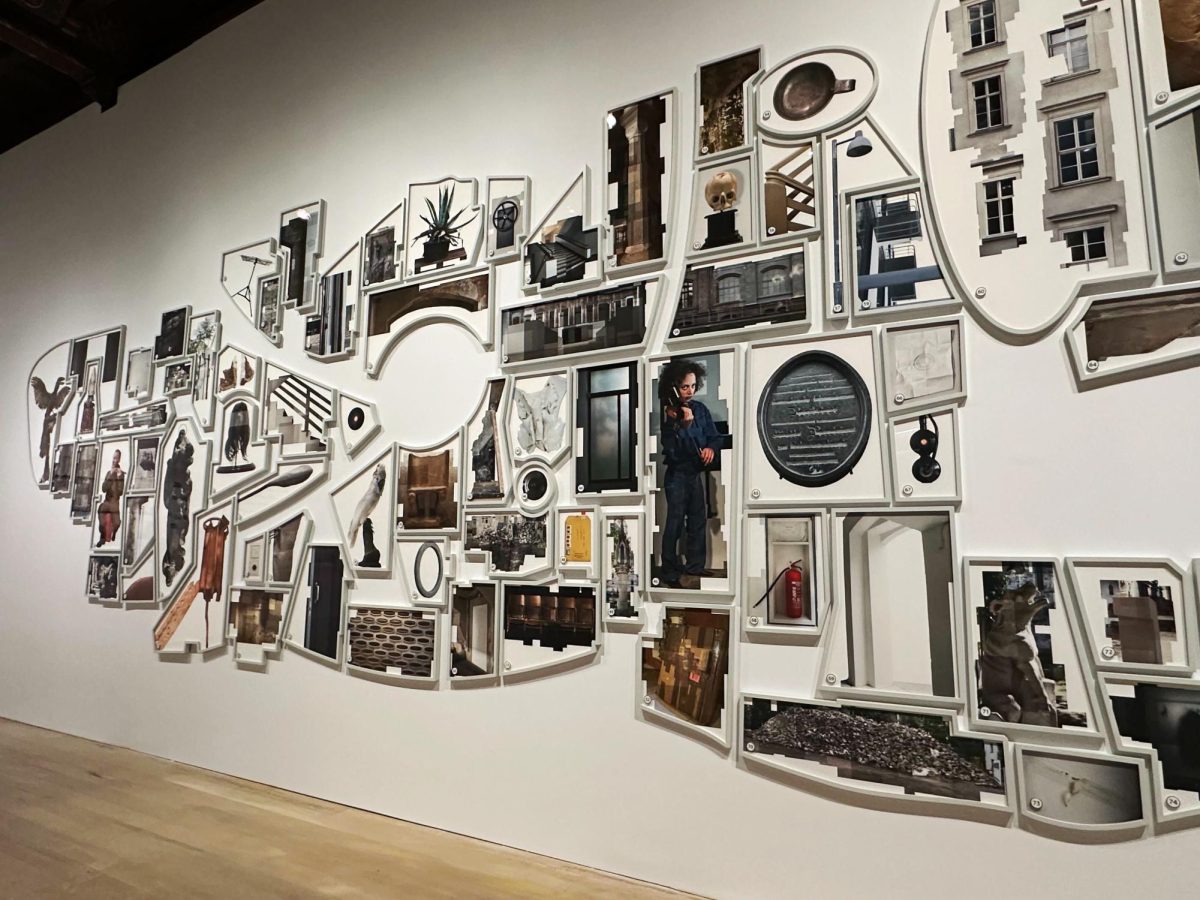

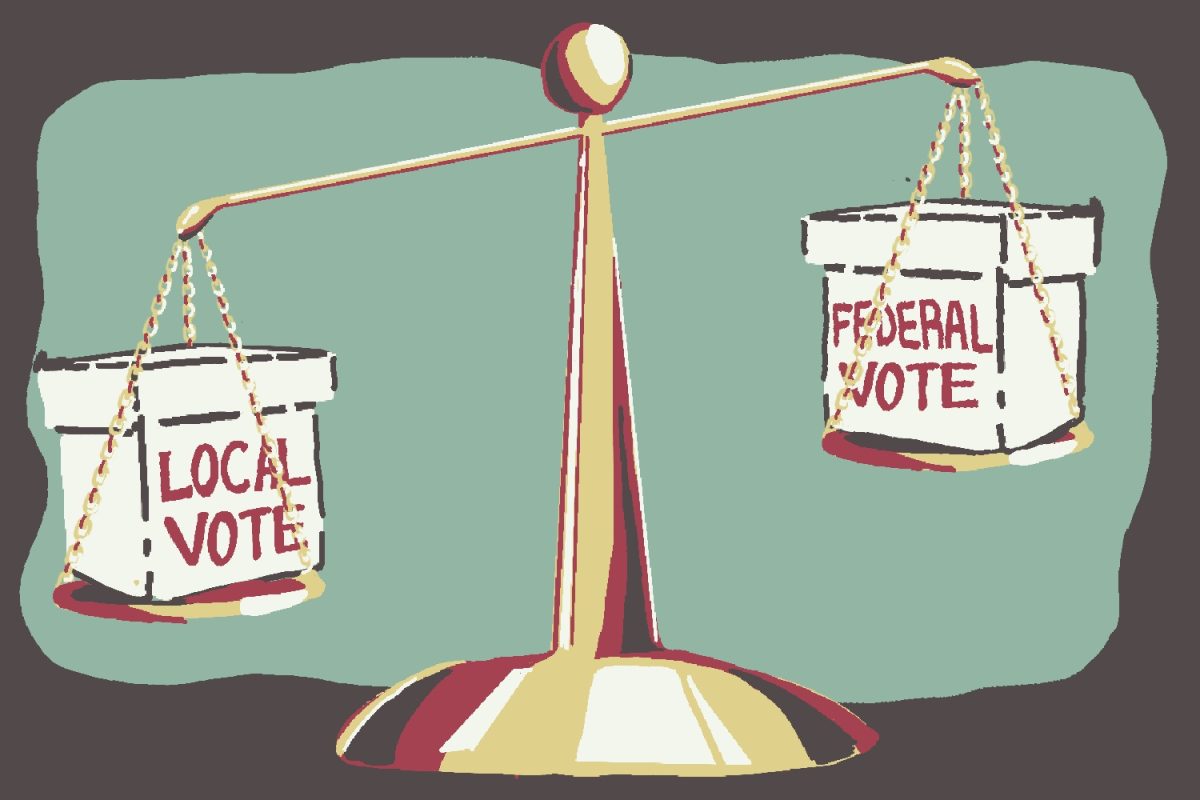
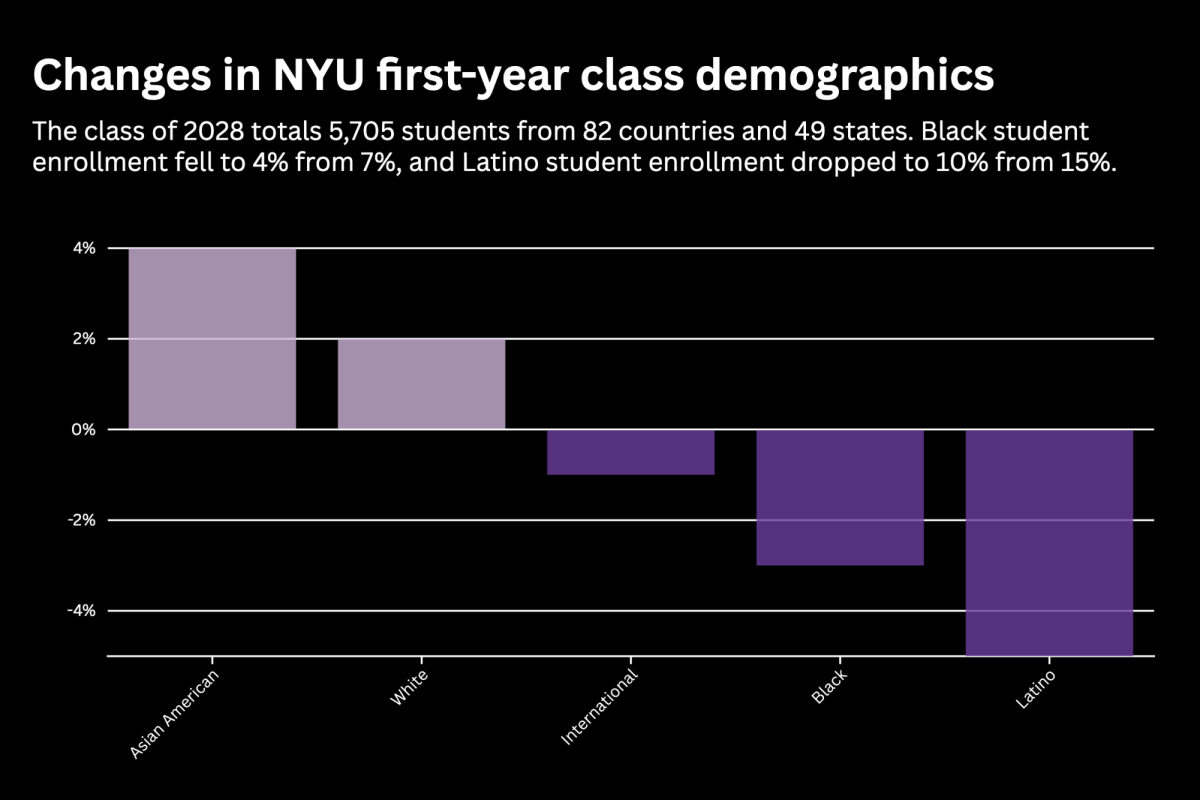

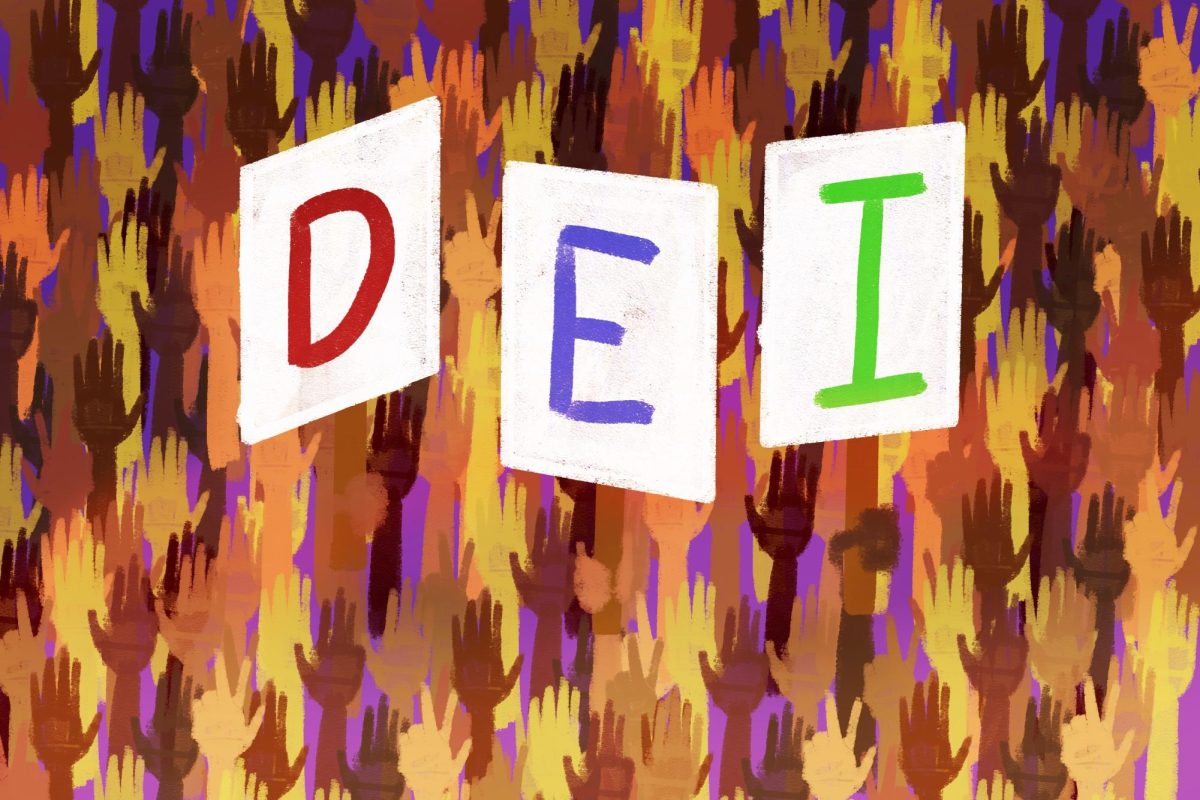
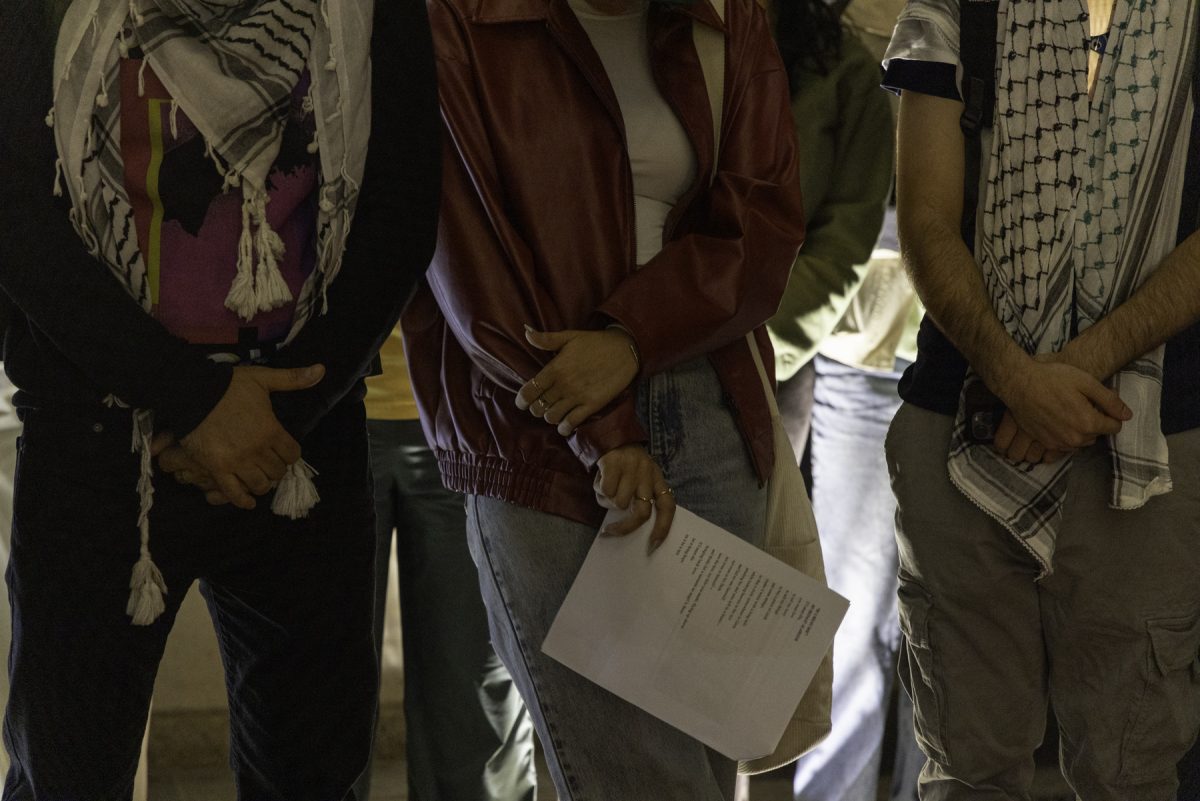
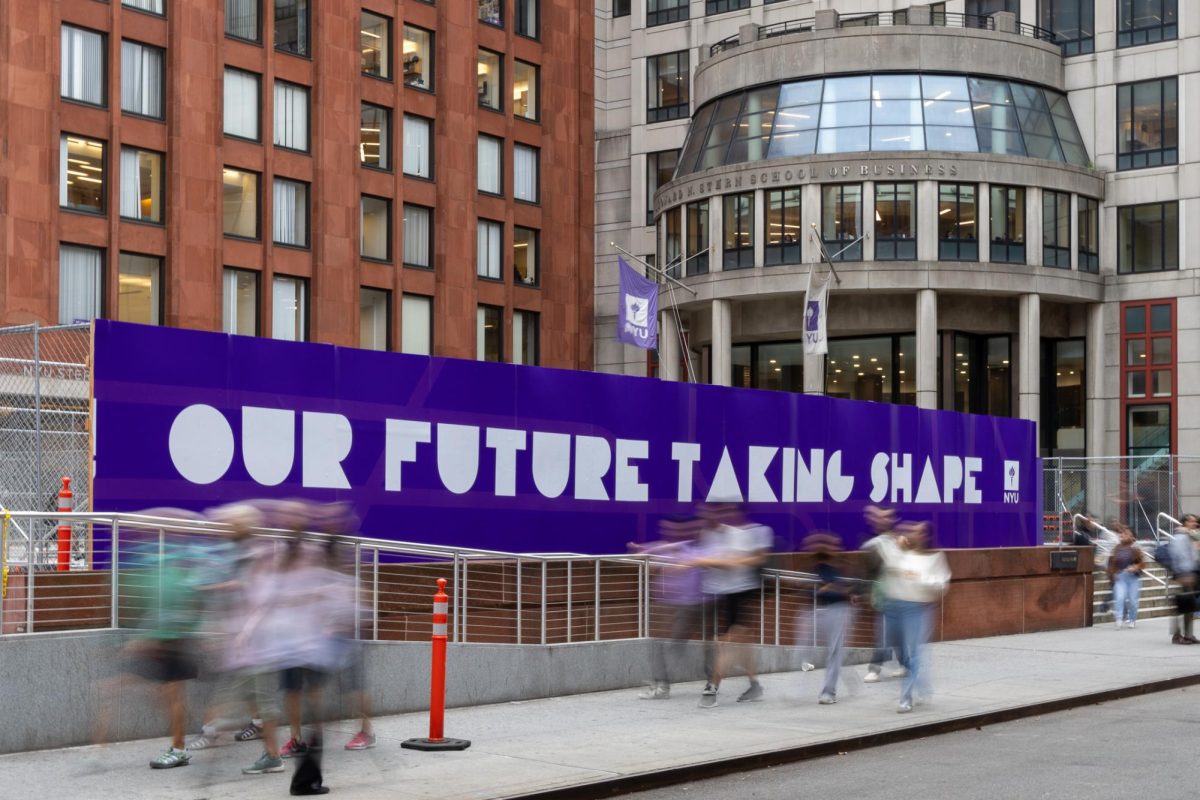



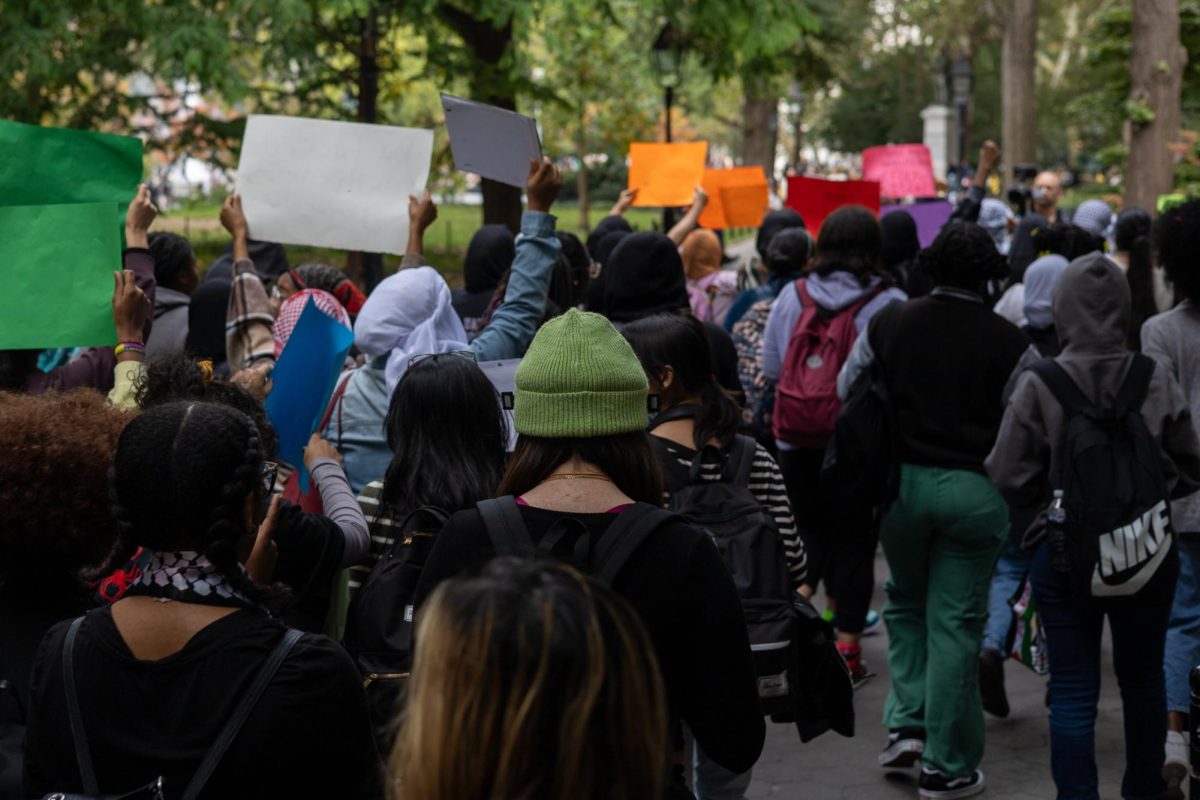



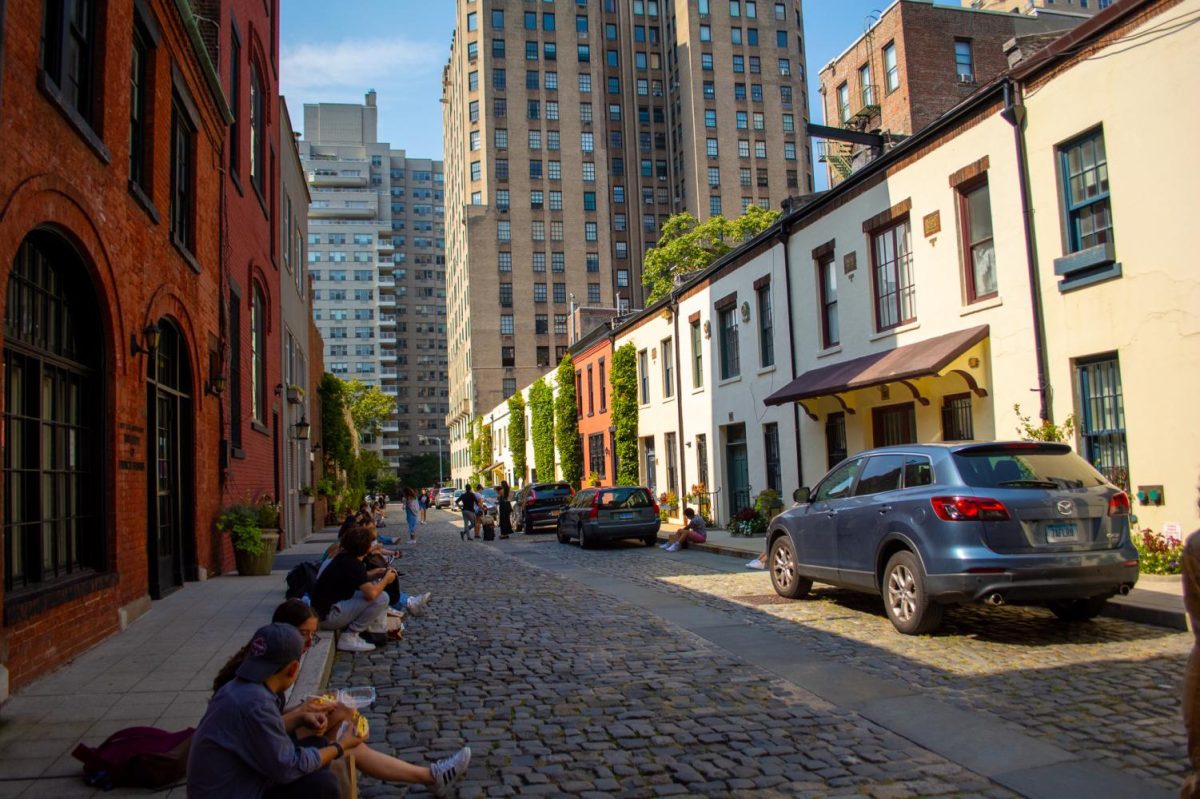




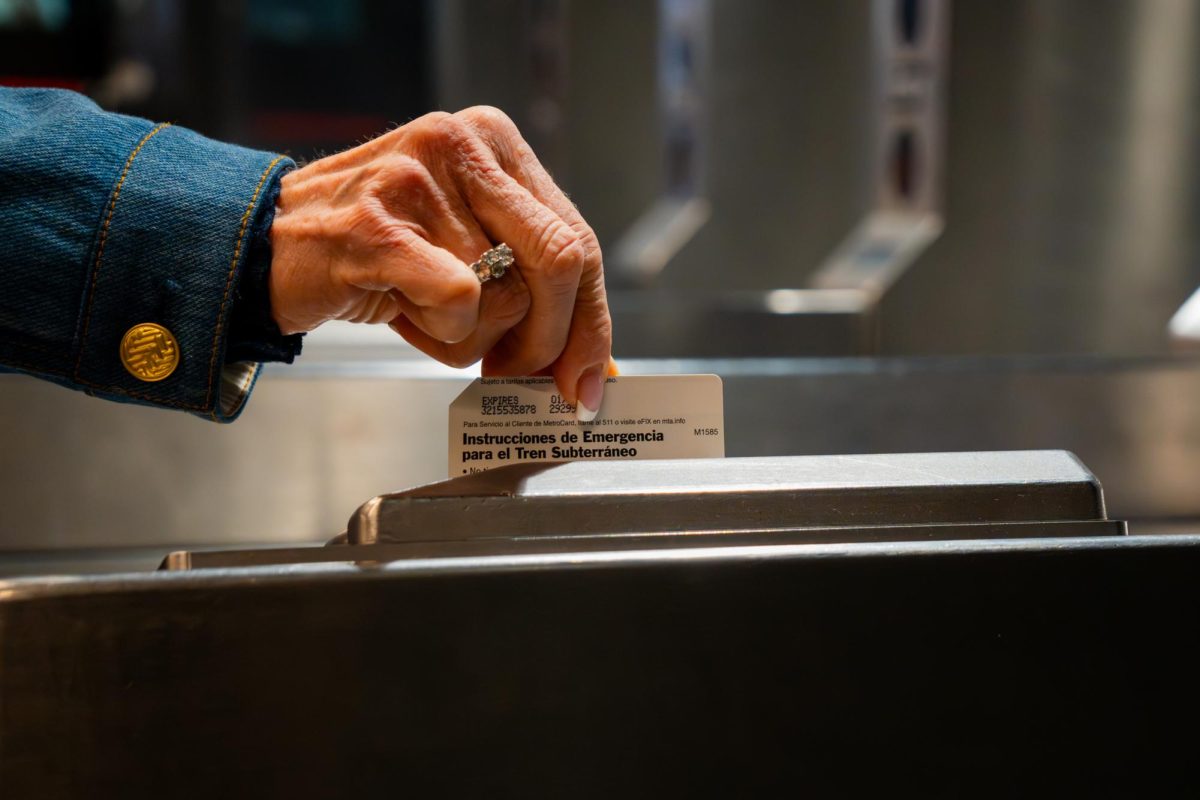








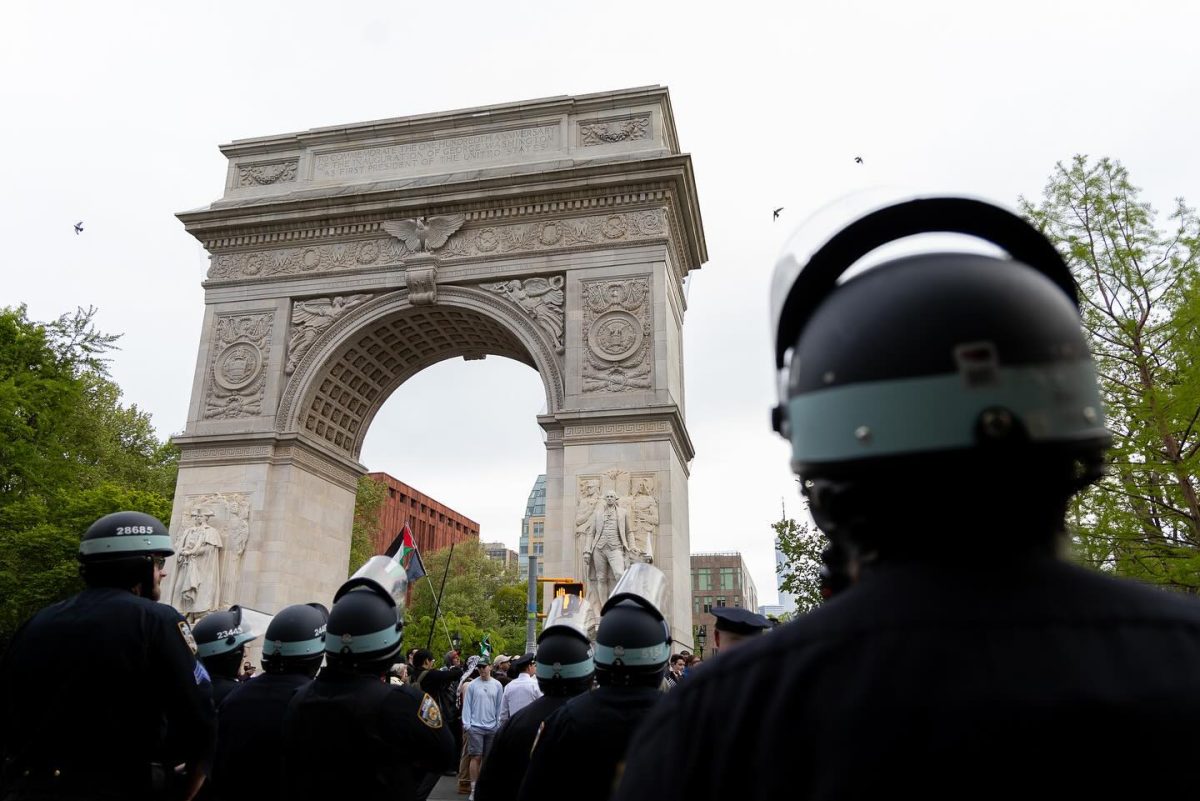






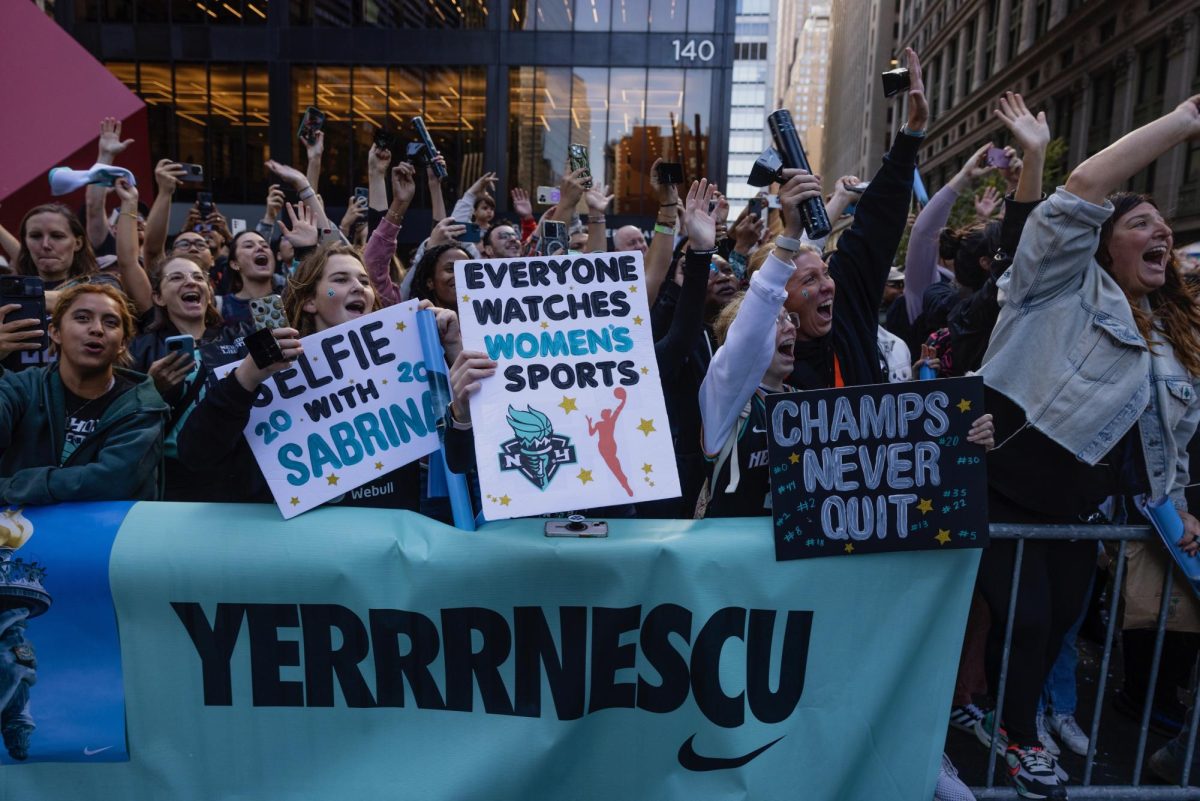
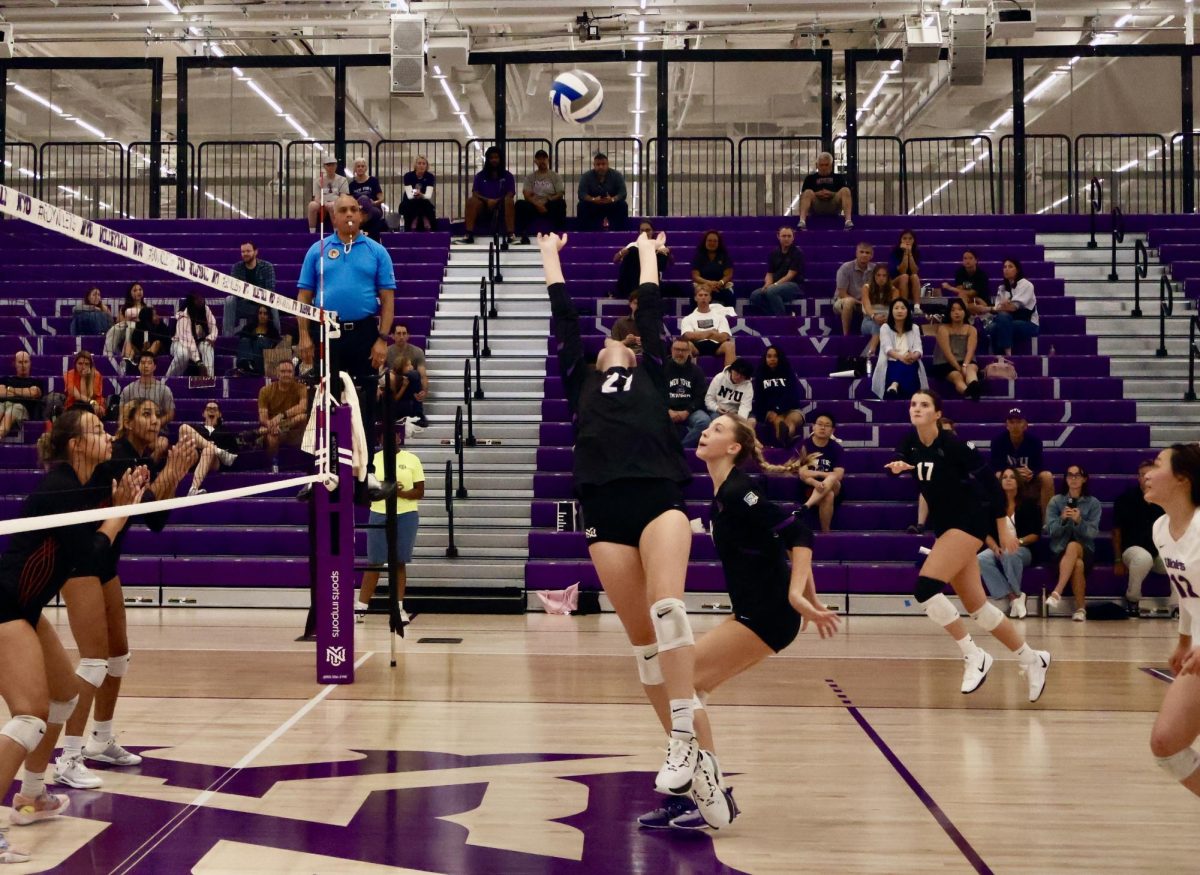
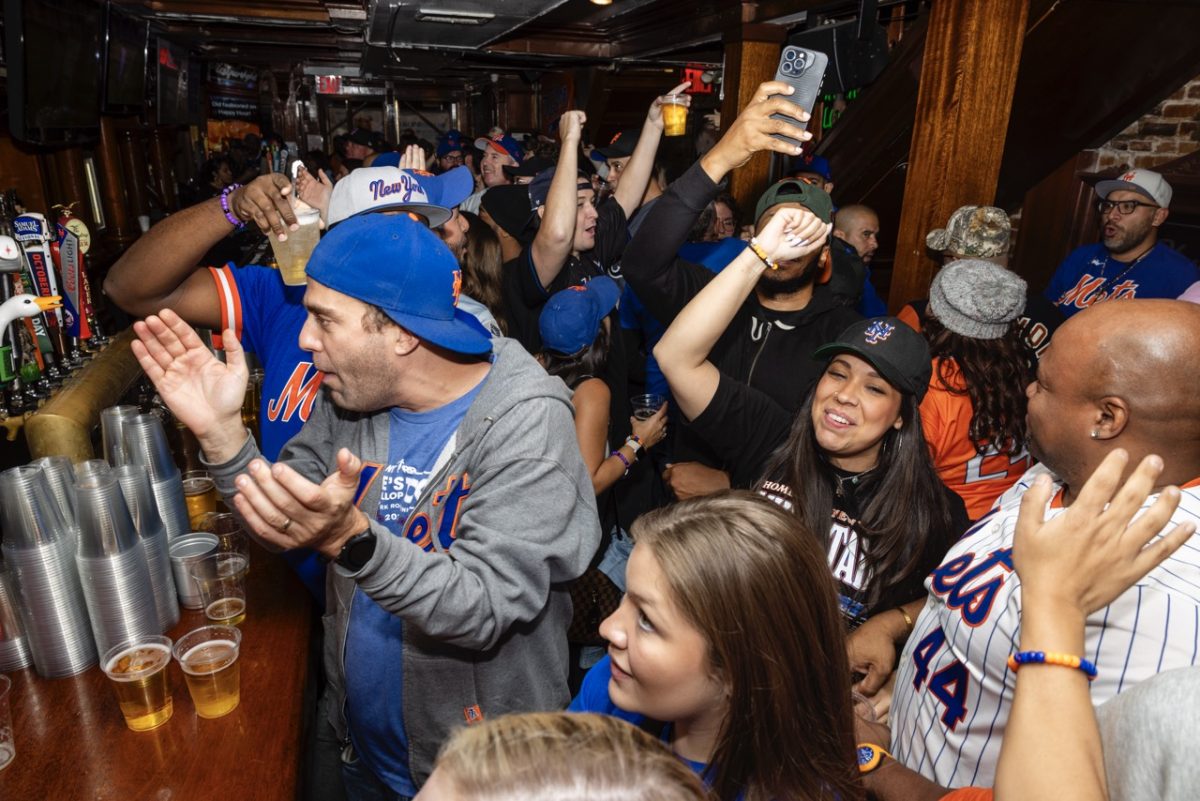













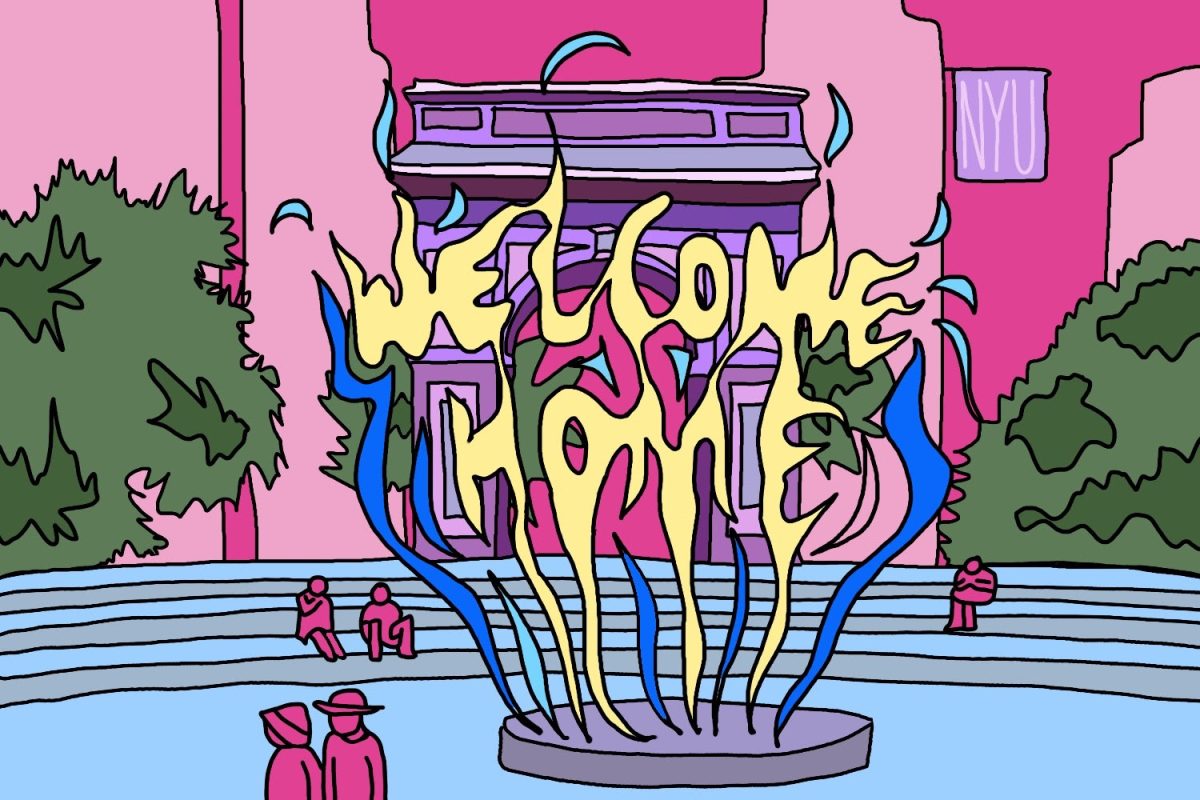





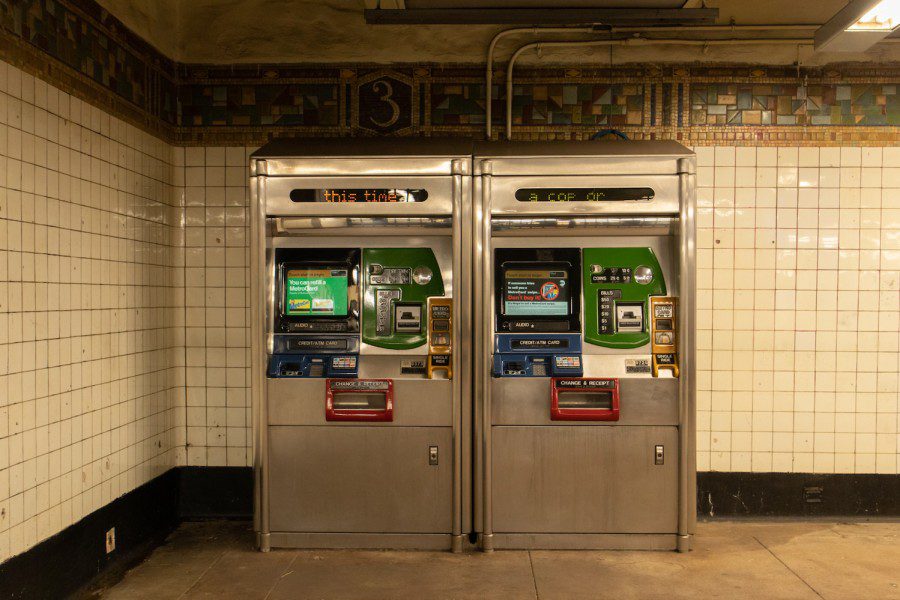

Shapel • Apr 8, 2023 at 7:50 pm
As a New Yorker as well as a person who been through the changes from the nyc token to the metrocard and now this OMNY card thing I have to say I am not too pleased for this change, now hold on before say something along the lines of “we need this in order for a contact free NY” or what ever just let me say what I want and then judge. Yes going down this route will bring about the change that we need but you have to look at this from another point of view. Right now if you can believe it but there are people who don’t have phone that can do the one tap thing, heck there are people who don’t own a phone if you can belive it and depend on the metrocard to get by, also the price for using it will be type of control matter, let me explain. A round trip on the subway to let’s say grand central to Atlantic Avenue is about close to $6 now factor in those who have to go job hunting and/or multiple interviews, that’s a lot of money for just one day, to a person with limited funds or the daily frugal New Yorker and yes it would be the same if we keep the metrocard but not for the unlimited ones you see once the metrocards are discontinued then there will be no more unlimited cards and I don’t know about the rest of you but for me the help me save money, not to mention I know some people who complained that some times they get charged twice for on tap as well when it doesn’t pick it up correctly, as well as the schools now I don’t know if the kids get metrocards anymore but we gotta look into that cuz if both the child and parent are using thw OMNY then thats more money from the parents pocket. Look I’m all for change but not this drastic, what they should do come up with some type of compromise, I mean if this OMNY system can be used on a phone the why can’t the mta come up with something for metrocard users that does the same, and I mean come on do we really want to buy a card thats (as of writing) is $4 more than the metrocard.
Randi • Dec 12, 2022 at 10:28 am
Metro cards are pieces of paper that expire or get lost all the time when there is another alternative. And honestly a lot of people use OMNY or tap and go already. If there was going to be an issue metro cards being phased out, it would be the possible burden on unbanked or underhanded communities, not nostalgia.
KJay • Dec 8, 2022 at 12:20 am
I’m rarely this blunt. This has got to be the single most short sighted take I’ve read in all of 2022. Spend 700 million and keep the same system. People are ‘without’ tap cards, even though most banks have it and OMNY creates no greater disadvantage than metrocard. MetroCard works fine even though the system that runs it should have been replaced twice over and to get a replacement card requires interacting with a service center in Florida. OMNY lacks distinction, well so did MetroCard during it’s initial release.
It’s the NYC transplant, casual transit enthusiast who usually shares half-hearted ideas like this. Please, I beg, keep these inside thoughts to yourself if you’re not bringing anything more than fodder to the table. You could have wrote about how OMNY has a habit of charging people multiple times or how the current fare caps are more expensive than a weekly MetroCard.
End rant.
Mimi Tong • Dec 7, 2022 at 11:12 am
Imo as an MTA station agent , the real issue is that cash transactions at the subway booths were discontinued three years ago during the covid pandemic and have not been resumed.The metrocard vending machines are often broken and regularly steal people’s money and metrocards . Police were cut several years ago , and are now being restored but too many people have become accustomed to beating the fare without consequence. Station agents should be trained to sell and refill OMNY cards or at least resume selling and refilling metrocards . We’re supposed to get new OMNY card vending machines sometime next year , but in the meantime it’s been a mess
Daniel • Dec 7, 2022 at 9:11 am
I agree with James and so should you